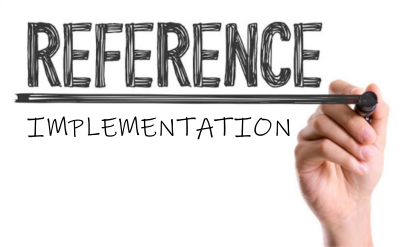
Master Chen Zhonghua only teaches a reference implementation, which represents an example of how the principle is applied. There are many parts that need to be examined, explored and learned. We must focus our effort on learning all the parts of the reference implementation, how they form part of a system, how each part functions, and the role each part plays, what the effect when all the parts work together, etc. We have to go over this reference implementation over and over again, because there is always something we miss previously.
The common mistake is that we ask questions that are not related to the reference implementation, e.g. we ask about “what if”, “what about”. When we have heard about the reference implementation, naturally, we believe that we immediately know about it, and are made aware of it. Most of the time after a while, we barely remember that we have heard it. Until we have spent the effort in copying it, trying to re-create it ourselves, we will never master even this reference implementation, needless to say any other implementation that we need to create given other conditions and variables. During the process of replicating the reference implementation, we learn the detailed requirements and our own short-comings. We work on overcoming such short-comings, and we learn many things that are not necessarily told to us directly, but we learn it regardless through this method. Transmission has taken place in this manner.
The reference implementation can also be called the model answer. It is not the only correct answer. Any answer that complies with the same principle is a correct answer. When we master the reference implementation, we have learned all the required building blocks, and we can then take these building blocks, and re-combine them in a way that may look different from the reference implementation, yet the requirements that are embedded in the reference implementation still exist in the re-combined product.
As an exmaple, Master Chen teaches that we must make our arm dead, e.g. its structure does not change at all regardless what we do next. He may show us to rotate the waist backward to drive the arm forward. We must replicate this ourselves through repeated training. Later, we may find out that there are other ways to drive the arm, such as opening the armpit. However, in my experience, there is no need to ask about the armpit during the particular teaching moment, we should simply focus on replicating what is shown at the time. Example questions could be:
- Could you please show us again?
- What should we pay attention to when we look at you?
In summary, we follow what is shown to us 100% and leave any thinking aside until we can replicate it.


